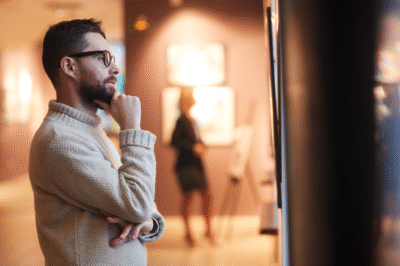Video is the ultimate storytelling medium. It combines visuals, motion, sound, and pacing to create an emotional experience. But behind every polished final cut is a structured process designed to turn a chaotic storm of ideas into a cohesive narrative. Today, I want to pull back the curtain on my own five-phase process. As I’m currently creating a virtual artist and her music completely from scratch, I’ll use the music video for her debut single to illustrate each step.
Phase 1: Conceptualization and Moodboard
Every project begins with a question: What are we trying to make the audience feel? This phase is all about defining the core emotion and aesthetic. I gather inspiration from everywhere—film, photography, art, nature—and compile it into a digital moodboard. This becomes our visual North Star, defining the color palette, lighting style, and overall tone before a single frame is created.
Phase 2: Script and Storyboard
With the mood defined, it’s time to build the structure. For a brand video, this might be a detailed script. For a music video, it’s a meticulous storyboard. I map out every single shot, considering composition, camera angles, and transitions. The storyboard is the blueprint for the entire project; it ensures that the visual narrative flows logically and that we capture everything we need.
Phase 3: Production (Creating the Assets)
Traditionally, this is the “lights, camera, action” phase. But in the world of digital and AI creation, it’s about generating the raw materials. This could involve designing 3D models, creating motion graphics, or, in many of my recent projects, generating hundreds of AI images that will later be brought to life. It’s where the visual components of our blueprint are forged.
Phase 4: Editing, Sound, and Music
This is where the magic really starts to happen. I bring all the assets into the editing timeline and begin weaving them together. Pacing is everything here—cutting to the beat of the music, letting a shot breathe to build tension, or using quick cuts to create energy. Sound design and music are co-pilots in this phase; they’re not an afterthought, they are 50% of the emotional impact.
Phase 5: Color Grading & The Final Polish (A Case Study)
The final step is color grading (etalaje), where I fine-tune the colors to ensure consistency and enhance the mood established in our initial moodboard.
Right now, I’m deep in this phase for a personal project: creating a music video for a musical artist who doesn’t exist—she’s entirely generated by AI. This presents a fascinating set of freedoms and limitations. The freedom is absolute: my storyboard is completely unrestricted, and camera movements can defy physics. However, the current limitations of AI video generation require a unique workflow:
- The Challenge: AI struggles with character consistency across different scenes and can’t yet produce long, continuous takes. This forces a fast-paced, dynamic editing style.
- The Process: To overcome this, I’ve developed a hybrid approach.
- First, I create a detailed, old-school storyboard, planning every single scene.
- Then, I use an image generator to create high-quality, perfectly consistent static images for each key moment.
- Finally, I take those chosen static images and animate them, adding the specific movements of “the singer” and the camera.
This method gives me the narrative control of traditional filmmaking while leveraging the incredible creative potential of AI-generated visuals.
Update (September 27, 2025): The music video discussed in this post is now live! It was a challenging but incredibly rewarding project. You can watch the final result here:





